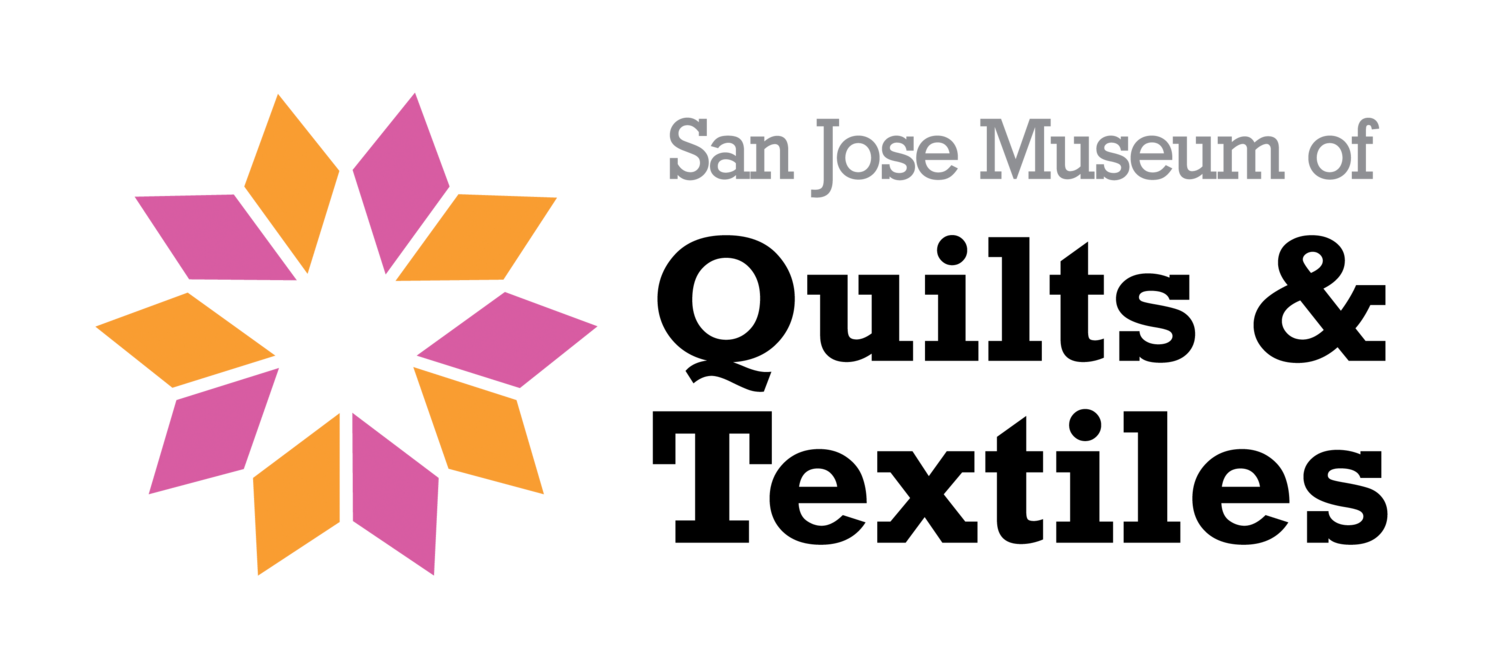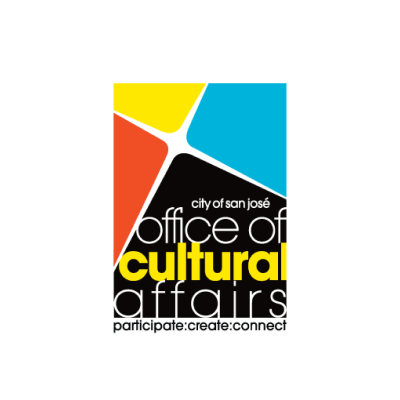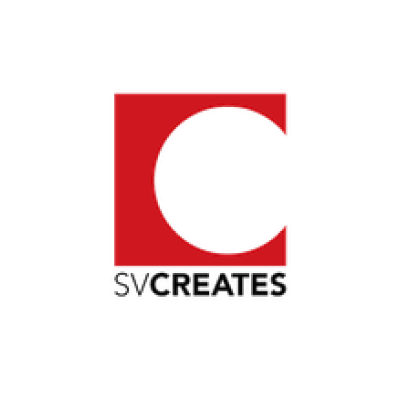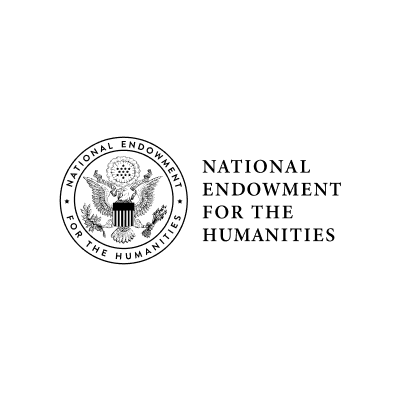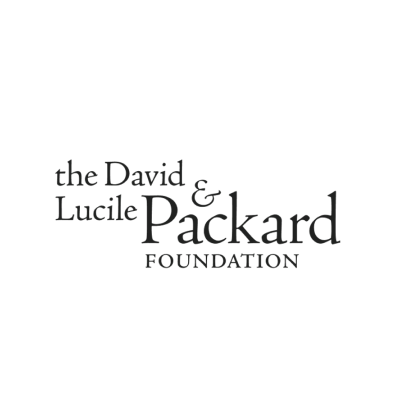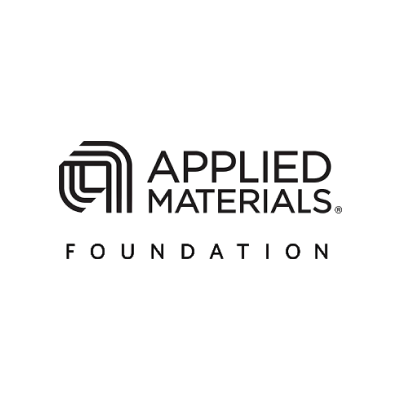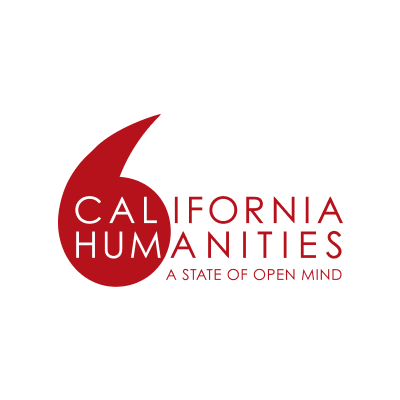Next up on the Artist Spotlight Interview Series is California-based artist Hilary Brace. We hope you enjoy learning about her process and her inspiring experience navigating the last year.
Untitled, (Tapestry/#3), Jacquard weaving from digital drawing, © 2018, 60 x 109 inches
Photo by Assassi Productions
What are materials and processes utilized in your artwork?
Drawing has been my primary medium for decades. I love the mutability of a dry medium. I have been working with charcoal on matte polyester film since 1996 (Mylar is a brand name) . The smoothness of the substrate allows for great spontaneity, but also enables me to achieve fine detail. Initially working on a very small scale, I began creating landscapes entirely from my imagination. I have been inventing otherworldly places, inhabited by clouds, water, and more recently ice, using these materials ever since. In recent years, doing preliminary studies using Photoshop enabled me to increase the scale of my drawings and eventually led me to create tapestries.
Drawings for my tapestries, as well as my charcoals, begin without a preconceived idea of what the image will be. An explorative process eventually suggests a scene. Then I slowly bring it into focus, refining it to make an unreal place seem believable. The details help provide a tangible sense of space. I consider my work experiential; I want the viewer to feel transported, or to have an emotional response. The work has always been a little confounding; people aren’t quite sure what they are seeing. The images initially suggest photographs, yet the situations are often impossible. I like that conundrum, because, somewhat like my creative process, the viewer has to bring the real and unreal together.
Untitled (2020 #4), Charcoal on matte polyester, 12.75 x 10.75”
Untitled (2021 #1), Charcoal on matte polyester, 20.25 x 17.25”
What drew you to the fiber art medium over others?
Since I had become proficient using Photoshop as a drawing and composition tool, I began thinking about how I might explore a different medium—a way to get a digital drawing out of the computer in some form other than making prints. I also wanted to increase the scale of my work. Mostly, I wanted to make something that would relate to the elements of light and space in my imagery and offer a sense of mystery as an object.
In 2015, I was a Visiting Artist at the American Academy in Rome, where I became interested in tapestries after seeing Raphael’s tapestries in the Vatican Pinacoteca. After leaving Rome, I saw the beautiful, very detailed Lady and the Unicorn tapestries at the Musée de Cluny in Paris.
After Paris, I visited a friend in Tilburg, Netherlands, who happens to live down the street from the TextielMuseum. So there’s some real serendipity involved! Located in an old textile mill, the museum and its TextielLab are known for their explorative work in a broad range of textile processes. It’s a fabulous place—voted best museum in The Netherlands in a national poll, even over the Van Gogh Museum and Rijksmuseum! The digital revolution has created a multitude of new opportunities and has made working in textiles available to artists like myself, who don’t have formal training as weavers, for instance. Looking at the incredible range of samples in the TextielLab, I began to think about how I might make light reactive textile pieces from my digital drawings. Six months later, I returned and stayed for two months while I worked with a Master Developer to finalize a thread combination and means of translating the digital drawings to software that drives their Jacquard looms. I could then work from a distance, sending my digital files and having tests returned via Fed Ex. But changing any threads would require starting anew on site. It took quite some time to develop my drawing technique, as it wasn’t easy to predict just what would show up in the weavings. The drawings for each tapestry take me two to three months, plus I still have each piece woven at least twice, while I make changes to the drawing until I’m satisfied.
So it’s been complex, but I’ve loved exploring this medium and I’m thrilled with the results. I use metallic and translucent threads, which allow the weavings to change as the viewer moves or light source changes. The image might go from looking very atmospheric, to being high in contrast. So they are alive, like light and atmosphere in nature. The fabric has some life itself and undulates slightly, which and adds movement to the images. The texture in the weavings enhances the physical presence and makes the images very tactile; ice can really look like ice—especially with light reflecting off the threads. So the real and unreal come together in these pieces too.
(Untitled, Tapestry #1), Jacquard weaving from digital drawing, © 2016-17, 64x62 inches
Detail showing metallic/reflective threads
Images of the TextielMuseum and TextielLab in Tilburg, NL on Brace’s website:
https://www.hilarybrace.com/textielmuseum
Describe the main differences of your 'old' studio to your 'Shelter in Place' studio.
Just before the pandemic, I was diagnosed with a rare autoimmune disease that causes rapid, permanent blindness. I am fortunate to have had a speedy diagnosis and good medical care, and should be cured by the end of the year. But my medication compromises my immune system, so I’ve had to be extra cautious. I’ve been at home, where my studio is attached, for the duration, except for medical appointments. The year seems an odd jumble of gratitude for simply having my eyesight and having a comfortable place to be, along with feeling such despair and frustration about the country and pandemic. Overall, I’ve been surprisingly satisfied to just hunker down and work, with virtually no social contact, despite my friends being important to me. My drawing process, for both the tapestries and my work in charcoal, is so labor intensive that I never have time to be bored or stymied creatively—or to catch up with home repairs—and this year was no exception. I’ve been preparing for a solo exhibition at Craig Krull Gallery in Santa Monica, and deadlines always help one stay focused, although the show has been postponed twice due to the pandemic and is now set for January, 2022. It’s disappointing to wait, but it may give me the ability to include another tapestry.
What non-art related activity do you do to invigorate your body/ mind?
My garden has a lot to do with being happy while stuck at home. I developed it over twenty years, and now that the big work is done, it’s such a peaceful refuge with beautiful plants that never stop pleasing me. It’s a quiet joy to just rest my forehead on my studio window and look outside. I also enjoy a dance class that I’ve taken for years, fortunately now on Zoom. It’s a great workout and always gives me a way to explore movement. So that’s broken up time and provided some continuity with “normal” life.
Recent view of Brace’s back garden from her art studio, left, with garden details
What are you looking forward to doing again once Shelter in Place is over?
It will be a joy to go anywhere! I keep thinking about seeing giant redwoods and also about going to museums in New York. I miss the full spectrum! But travel, in general, is something I look forward to, however I can manage it. I’d love to experience some artist residencies, because the American Academy in Rome was such a stimulating experience. I definitely hope to return to the TextielLab to work out new thread combinations. One, on a different loom with a black and white warp that would enable me to weave higher contrast, more dramatic images, and another combination that would enable me to include subtle color that might come and go, depending upon changes in lighting. It’s a wonderful world out there with SO much to explore. I hope we’ll all be able to do that safely again soon.
Hilary Brace in her studio with pet Macaw, Ella / Photo by Hannah Ray Taylor
(Untitled), 2020, 18 x 16”, charcoal on matte polyester
